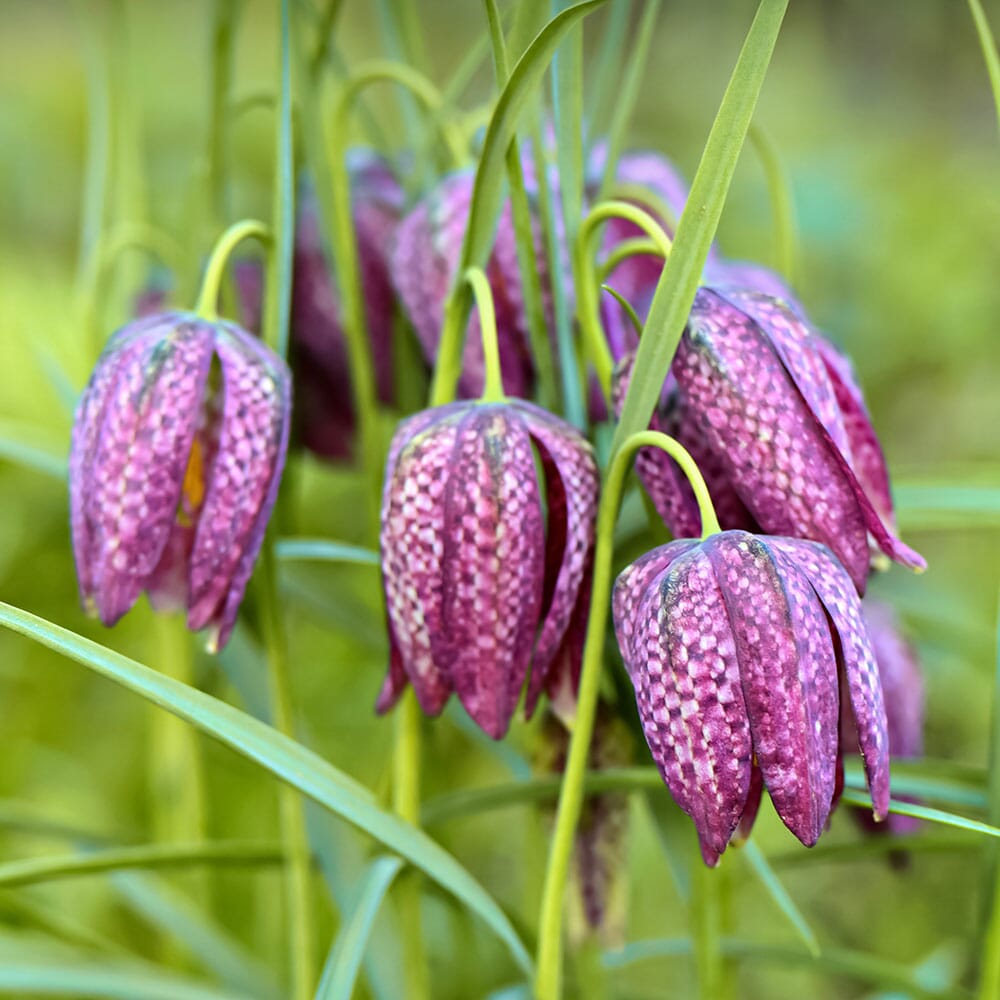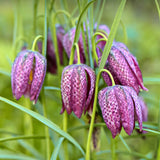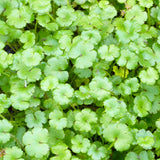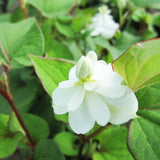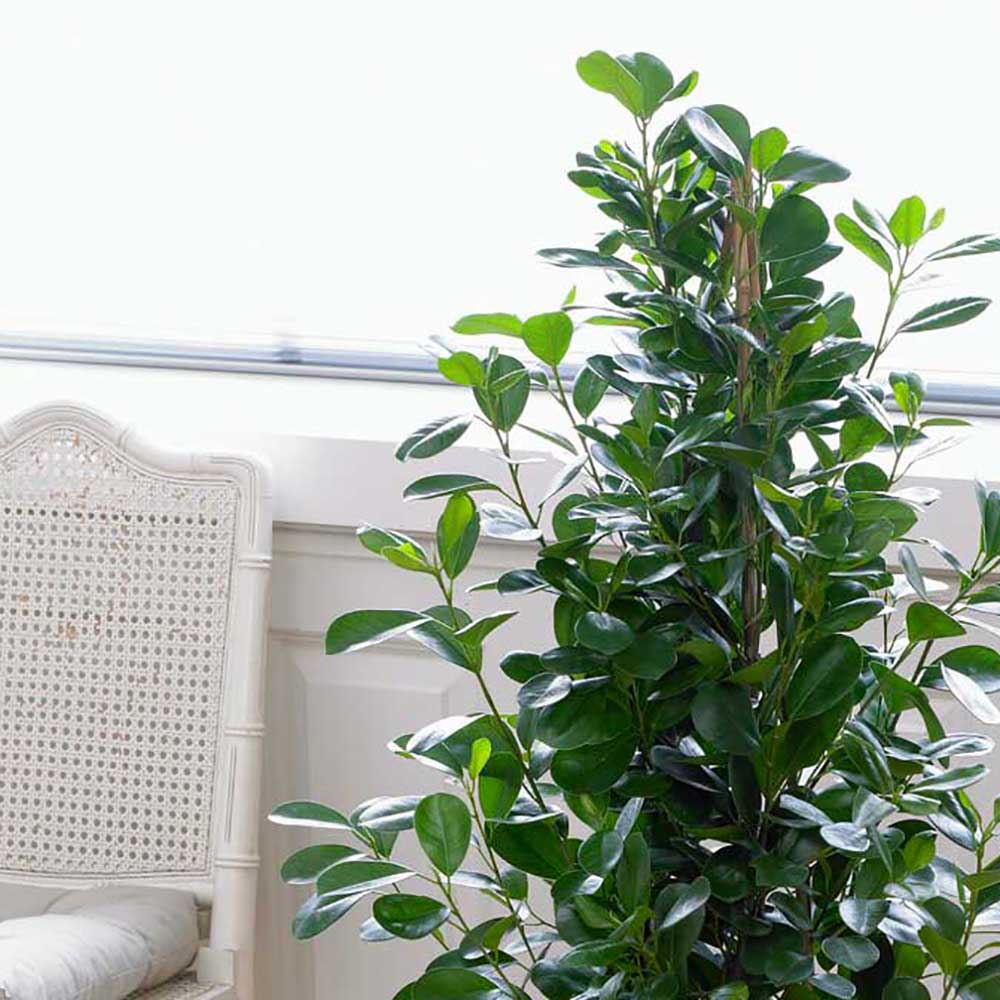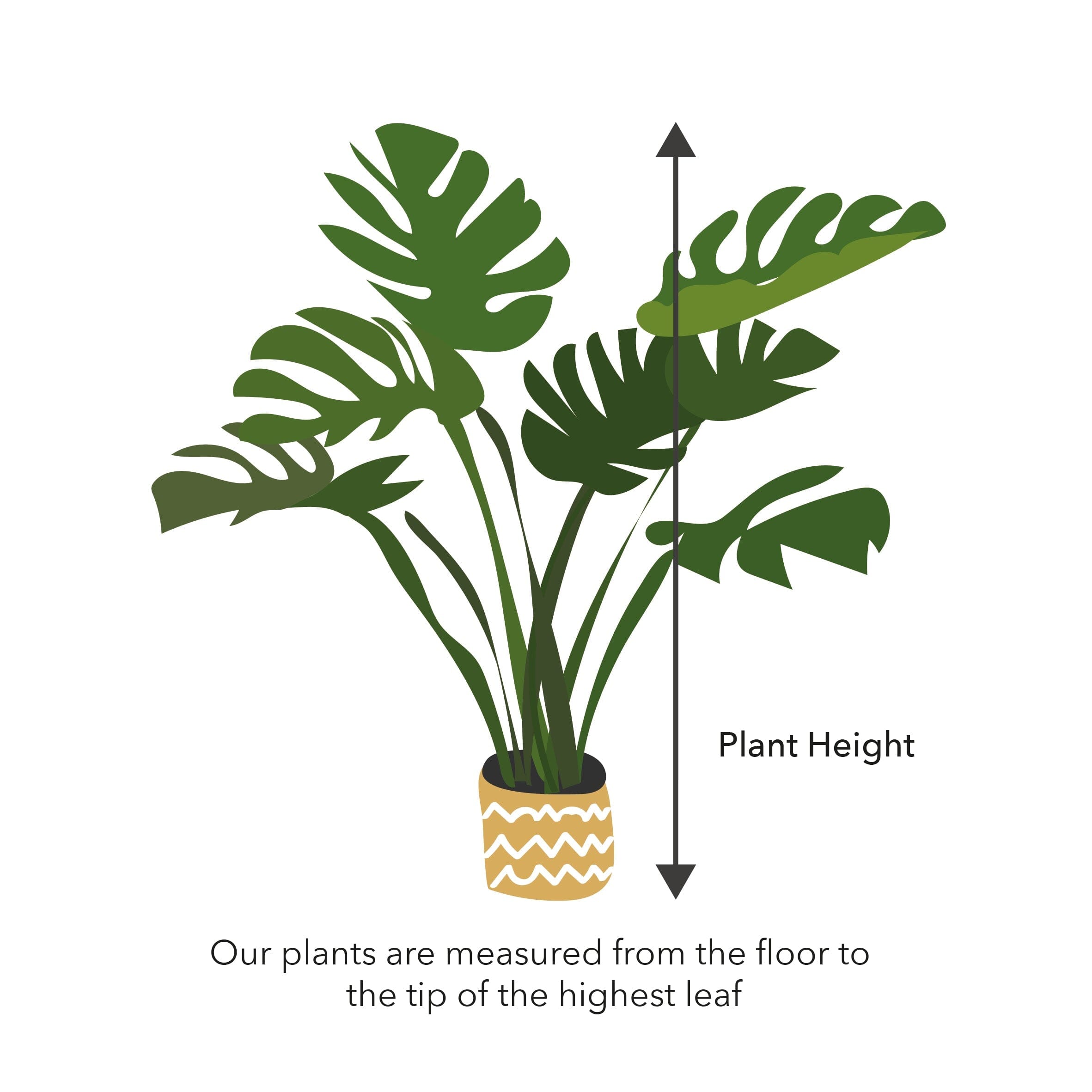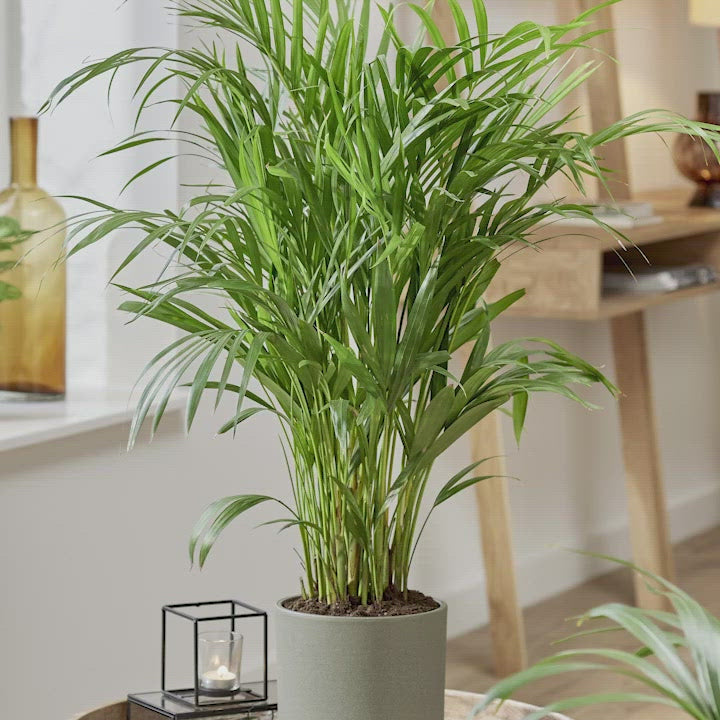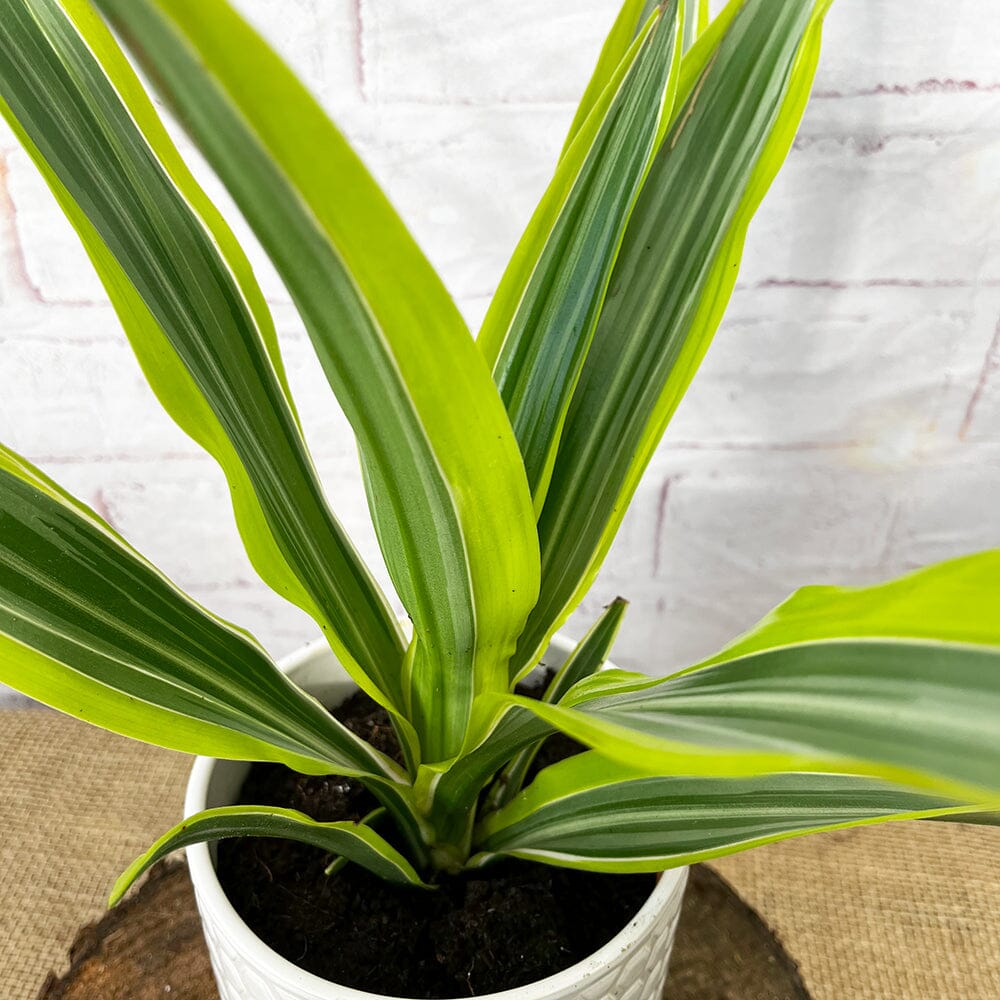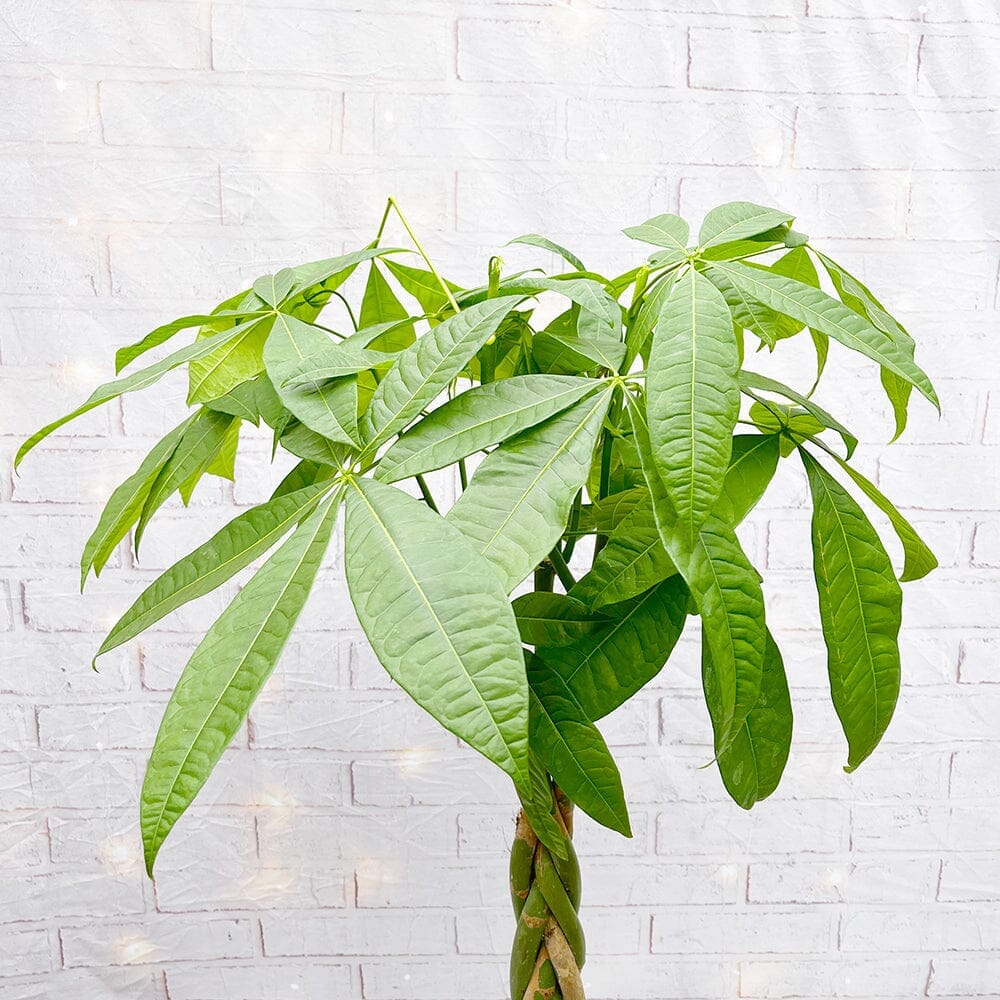Fritillaria Meleagris Aquatic Pond Plant - Snakes Head Fritillary
Fritillaria meleagris is a charming and unique perennial bulbous plant native to Europe. It belongs to the Liliaceae family and is prized for its distinctive bell-shaped flowers with checkerboard-like patterns. The plant features slender stems that can reach a height of about 8 to 16 inches (20-40 cm). The nodding flowers bloom in spring and are usually purple, although you can also find white or pink varieties. Each flower has six petals that curl backwards, revealing the intricate pattern of dark and light markings. The leaves are narrow and lance-shaped, forming a basal rosette.
Care Guide:
Light Requirements: Snake's Head Fritillary thrives in partial shade to full sun. It prefers bright but filtered light and can tolerate a few hours of direct sunlight each day. In warmer climates, some afternoon shade can help protect the flowers from excessive heat.
Soil Requirements: Fritillaria meleagris prefers moist, well-draining soil. It grows well in loamy or sandy soil that is rich in organic matter. The soil pH should be neutral to slightly acidic.
Watering: Keep the soil consistently moist during the growing season, especially when the plant is actively growing and flowering. Avoid overwatering or allowing the soil to become waterlogged, as it can cause the bulbs to rot. During the dormant period, reduce watering but ensure the soil does not completely dry out.
Fertilization: Fritillaria meleagris does not require heavy fertilization. Before planting, incorporate some well-rotted compost or organic matter into the soil to improve its fertility. During the growing season, a light application of balanced slow-release fertilizer or a bulb fertilizer can be applied according to the package instructions.
Mulching: Apply a layer of organic mulch, such as bark chips or straw, around the plants to help conserve soil moisture, suppress weed growth, and provide insulation to the bulbs during winter.
Division: Snake's Head Fritillary bulbs tend to naturalize and spread slowly over time. They can be left undisturbed for several years. However, if you wish to divide and propagate the bulbs, do so during the dormant period. Lift the bulbs carefully and separate them, ensuring each division has a good portion of the basal plate attached. Replant the bulbs immediately at the same depth as before, spacing them 4 to 6 inches (10-15 cm) apart.
Pests and Diseases: Fritillaria meleagris is generally resistant to pests and diseases. However, keep an eye out for slugs or snails, which may feed on the foliage. You can use organic pest control methods or handpick the pests to manage infestations.
Winter Care: Snake's Head Fritillary is hardy and can withstand freezing temperatures. In colder regions, provide a layer of mulch over the planting area in late fall to protect the bulbs from extreme temperature fluctuations.
Fritillaria meleagris is a captivating and elegant plant that adds a touch of charm to any garden or naturalized setting. With its unique and striking flowers, it is a delightful addition to spring displays. By following these care guidelines, you can enjoy the beauty of Fritillaria meleagris in your garden and delight in its intricate and colorful blooms year after year.
Selection:
Choose plants that are specifically adapted to grow in wet or boggy conditions. Research different species of bog plants to find ones that suit your pond's conditions and your aesthetic preferences. Consider factors such as height, flower colour, foliage texture, and seasonal interest when selecting plants.
Soil:
Bog plants thrive in soil that is consistently moist, but not waterlogged. Prepare the planting area by creating a mix of equal parts garden soil, peat moss, and sand to provide good drainage while retaining moisture. Avoid using heavy clay soil, as it can become compacted and restrict root growth.
Sunlight:
Most bog plants prefer full sun to partial shade. Ensure that the plants receive at least 4-6 hours of direct sunlight each day for optimal growth and flowering. Some bog plants can tolerate more shade, so consider the specific light requirements of the plants you choose.
Watering:
Bog plants require consistent moisture, so water them regularly to keep the soil damp. Monitor the moisture level and water as needed to prevent the soil from drying out. During hot and dry periods, you may need to water more frequently to maintain proper moisture levels.
Planting:
Dig a hole slightly larger than the root ball of the plant and loosen the soil at the bottom. Place the plant in the hole, ensuring that the crown is level with or slightly above the soil surface. Backfill the hole with the prepared soil mixture, gently firming it around the plant to eliminate air pockets. Water thoroughly after planting to settle the soil and provide initial hydration.
Mulching:
Apply a layer of organic mulch, such as straw or shredded bark, around the base of the plants. Mulching helps retain moisture, suppresses weeds, and regulates soil temperature. Maintain a layer of 2-3 inches of mulch, keeping it away from the plant's stems to prevent rotting.
Fertilization:
Bog plants generally do not require heavy fertilization if the soil is nutrient-rich. However, if growth appears weak or leaves show signs of nutrient deficiencies, you can apply a slow-release fertilizer specifically formulated for aquatic plants. Follow the manufacturer's instructions for application rates and frequency.
Maintenance:
Regularly remove any dead or decaying foliage to maintain plant health and appearance. Divide overcrowded plants every few years to prevent competition for resources and promote vigorous growth. Prune back excessive growth to maintain a tidy appearance and to prevent plants from encroaching on other plants or the pond itself.
Winter Care:
Hardy bog plants can withstand winter temperatures, while tender ones may need protection. In colder regions, consider mulching around the base of the plants or covering them with a layer of straw or burlap to insulate them from freezing temperatures.
Monitoring and Troubleshooting:
Regularly inspect plants for signs of pests, diseases, or nutrient deficiencies. Address any issues promptly with appropriate treatments, such as organic insecticides, fungicides, or nutrient amendments. By following these general tips and care guidelines, you can create a thriving bog planting area around your pond, adding beauty and interest while supporting a diverse ecosystem.








